Description
Achilleamillefolium ‘Saucy Seduction’
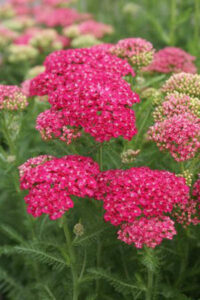 ‘Saucy Seduction’ Yarrow
‘Saucy Seduction’ Yarrow
Saucy Seduction’ is a rhizomatous, spreading, upright yarrow cultivar that is noted for its bright rose-pink flowers, ferny aromatic foliage and compact size. Flowers appear in dense, flattened clusters (compound corymbs to 2-4” across) over a long summer bloom period on compact stems rising to 18-24” tall. Deeply-dissected, fern-like, aromatic, medium green leaves have a somewhat spicy aroma which may persist when used in dried arrangements. U. S. Plant Patent Applied For (PPAF). ‘Saucy
Seduction’ is a member of the Seduction Series of yarrows that have been developed in the Netherlands. Other Seduction Series cultivars include ‘Strawberry Seduction’ (red flowers) and ‘Sunny Seduction’ (pale yellow flowers).
Zone:
4 to 8
Height:
1.50 to 2.00 feet
Spread:
1.50 to 2.00 feet
Bloom
Time: June to August
Bloom
Description: Rose pink
Sun:
Full sun
Water:
Dry to medium
Maintenance:
Low
Suggested
Use: Naturalize
Flower:
Showy, Good Cut, Good Dried
Leaf:
Fragrant
Attracts:
Butterflies
Tolerate:
Deer, Drought, Dry Soil, Air Pollution
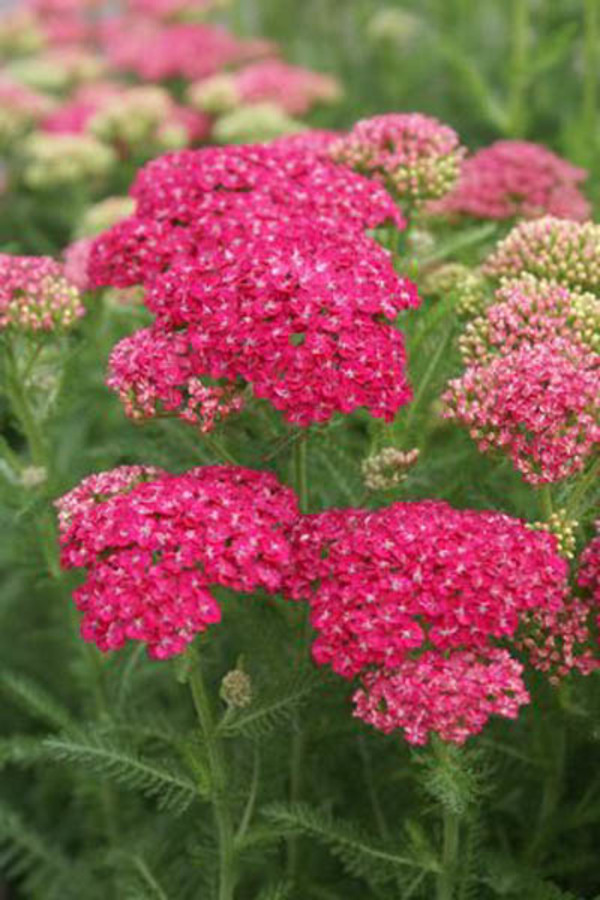
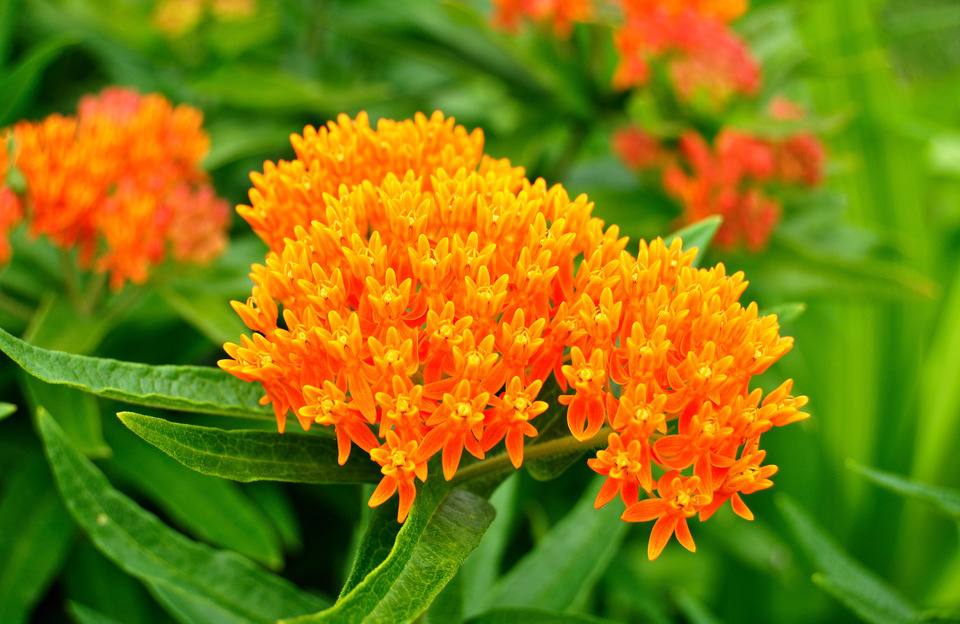
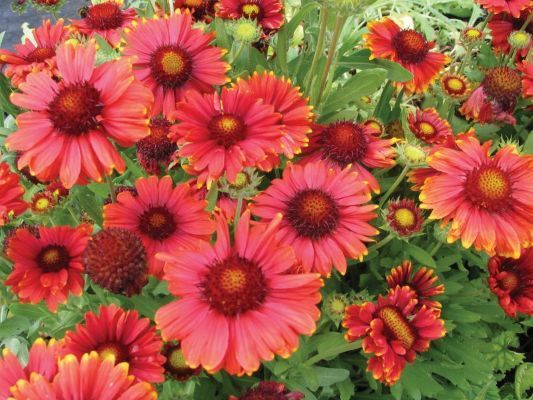
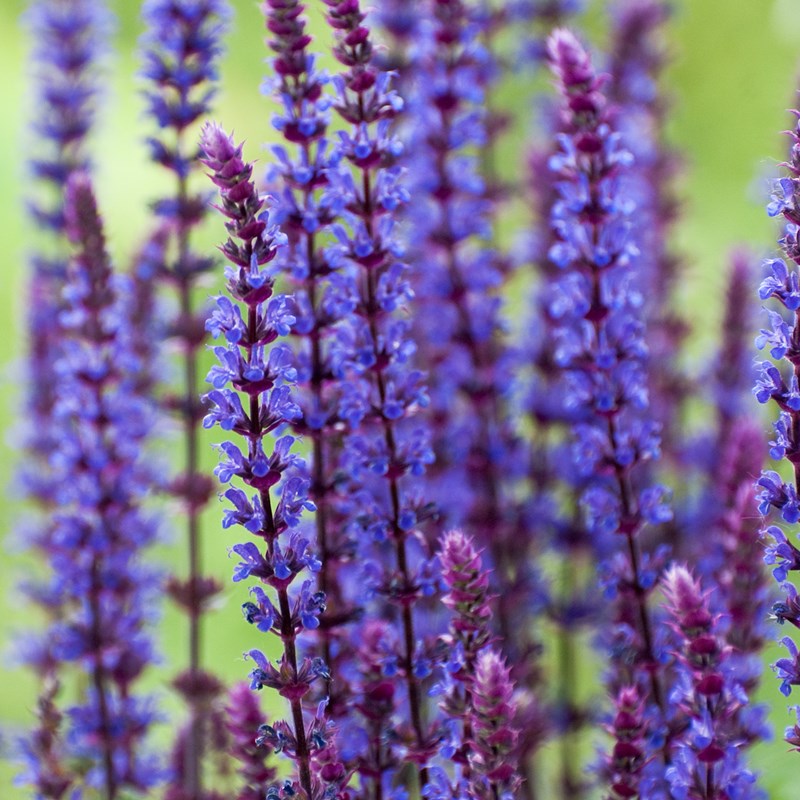
Reviews
There are no reviews yet.